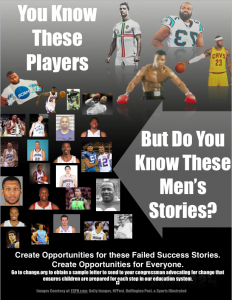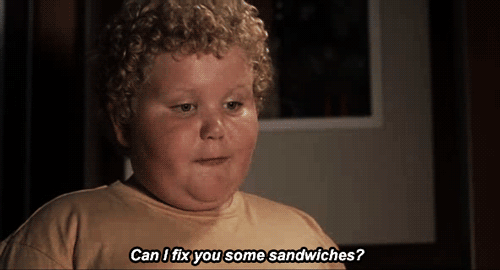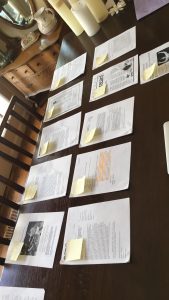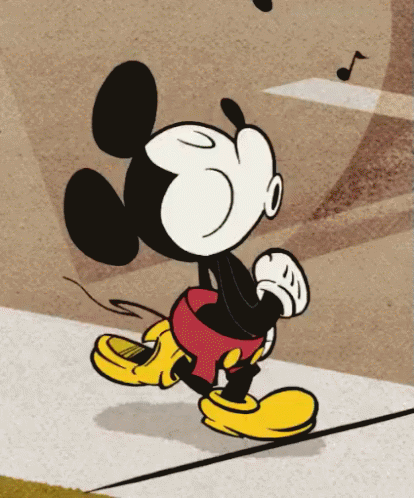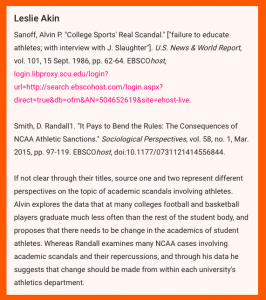Especially for this english class, a lot of what we learn you start to realize has so many connections to other classes… and I’m not the only one who notices this! Check out Jake’s Post here.
For this personal post, I wanted to show you how marketing and BEAM connect. Both “things” (areas of life?) are things people use. Even though I’m not exactly interested into going into full on business when I grow up, I am in the business school here at Santa Clara and honestly I kind of enjoy learning how marketing works. That makes a little bit more sense when I tell you I LOVE shopping, and mostly online – so when I say “how marketing works,” I mean how these smart business people target me as their victim!
I swear I could earn money by letting marketers and business analysts see my techniques for shopping, how I get the lowest prices, how I organize my tabs, and ultimately what I pick to buy. Anyways, I have always fallen for the marketer’s tricks (whether it be through a celebrity’s Instagram, the ads that Facebook thinks I will click on… and always do, how things I’ve googled magically appear as ads on other pages (this one kind of freaks me out), and most importantly, how these smart people get me to click on them!). So – I am donating a post (ha! donating a post?, more like discovering and creating and pulling out of my mind a wonderful product) about how what we have learned – specifically Joseph Bizup’s BEAM – connects to marketing, or at least what I’ve learned about it thus far!
Now my connections may kind of be a stretch, but if we can use BEAM for reading we can use it for analyzing shopping too!
Lets take this one screenshot of this one dress I wanted online for example:
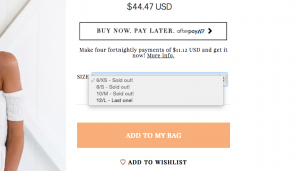
Source: Mura Boutique Australia
For an interactive post click this link and get directed to the site!
B: background aka show that people care
- OH NO! last one?? I should probably get it because look all other sizes are sold out and clearly other people want it so it’s definitely cute and I will like it.
- I’m not the only one who can label the tricks I am falling for, check out this article if you want some more info on this “Latest Online Marketing Ploy.”
E: exhibit aka analysis / interpretation
- *this one is tough so bare with me…
- you can’t see this in my screenshot, but there is all sorts of information on the dress below, including details of possible outfits, care instructions, model details… although these may not be exhibits I think how we (the audience and clients of Mura Boutique) take in the information in the order they gave us and kind of get guided to make a certain opinion on this piece.
- Oh this model is a size medium? She looks so skinny in this dress though, so I will definitely.
- Oh this dress is on your top best sellers? how they organize this best sellers list and portray it to you changes what you think about the item, also Tirabassi’s principle of categorization and selectivity are apart of this technique!
A: argument aka extends info in some way/secondary source
- yes the information below the dress adds to this, but I can’t double dip that in my analysis and I already used it for exhibit.. so lets go on a further stretch to extend Bizup’s A for argument of BEAM to this dress
- a secondary source could always be one of these:

Source: Mura Boutique Australia
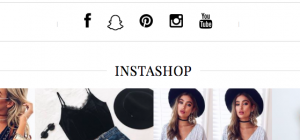
Source: Mura Boutique Australia
which they conveniently put below the picture, so you can easily see fellow shoppers reviews on the dress via instagram, their website, and even bloggers!
-
- especially if it’s a somewhat big purchase, I always look up reviews, and I find it useful (also bias) when the website provides links to reviews of the item
M: method aka name dropping, technique imitation aka why it is important because of who agrees with me
- often in the collection of pictures of the item shopping websites will use a photo of a celebrity wearing the item (usually a classic paparazzi style pic so the shopper knows this person is famous and thus very important)!
- Moreover, some websites name specific items after celebrities (like this “paris dress” named for its striking similarity to Paris Hilton’s 21st Birthday Dress).
- this is definitely considered name dropping, and in the same way as “argument” adds this give you encouragement through reassurance or example that you should buy this!
So, from Cher Horowitz and I, good luck shoppers!

Source: Rolling Stone
